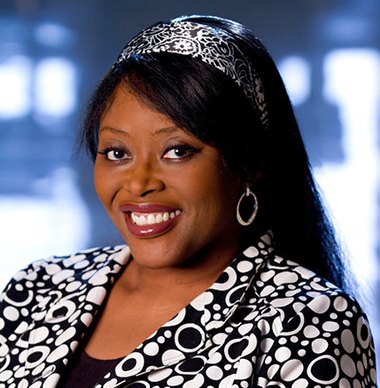Chemist Featured in 'Scientific American'
 |
|
Rabi Musah, associate professor of chemistry.
(Photo by Paul Miller)
|
ALBANY, N.Y. (July 31, 2017) – Tiny insect eggs are making huge headlines for Rabi Musah.
Musah, an organic chemist at UAlbany, was recently featured in Scientific American’s “60-second science segment,” for her forensic analysis of blow fly eggs to rapidly estimate a corpse’s time-of-death.
Scientific American has more than 5.5 million global readers/listeners per month and is a highly influential publication. Its “60-second science segment” provides daily commentary on some of the world’s most interesting developments in science, health and technology.
In addition, Musah’s discovery has been covered by other national publications including:
- Chemical and Engineering News: Fly-egg profiling method reveals a corpse's 'time of death' faster
- Phys.org: Organic chemist uses blow fly eggs as forensics tool
- Forensic Magazine: Corpse Insects Analyzed by High-Res Mass Spec, Accelerating Death Investigations
- Novus Light Technology: Organic Chemist Uses Blow Fly Eggs as Forensics Tool
- Digital Journal: Chemist uses blow fly eggs as forensics tool
Blowflies typically lay their eggs on a body within 15 minutes after death. The eggs are hard to tell apart by appearance alone, so forensic entomologists rear them until they hatch, a few weeks later—getting a species ID and, with a little guesswork, a person's time of death
Musah has teamed up with forensic entomologist Jennifer Rosati of John Jay College and UAlbany graduate researcher Justine Giffen to develop a less time-intensive approach. It relies on mass spectrometry – the determination of masses of molecules within a sample – to rapidly classify blow fly eggs by species based on differences in their amino acid profiles.
The team investigated their method by first harvesting flies with pig-liver traps stashed throughout New York City. Findings were published last month in Analytical Chemistry.
"So it turns out that it's easy to hide pig livers in various parts of Manhattan. There's a lot of foliage and whatnot, so no one knew," Musah told Scientific American.
You can learn more about this research here.
![]() For more news, subscribe to UAlbany's RSS headline feeds
For more news, subscribe to UAlbany's RSS headline feeds
A comprehensive public research university, the University at Albany-SUNY offers more than 120 undergraduate majors and minors and 125 master's, doctoral and graduate certificate programs. UAlbany is a leader among all New York State colleges and universities in such diverse fields as atmospheric and environmental sciences, business, education, public health,health sciences, criminal justice, emergency preparedness, engineering and applied sciences, informatics, public administration, social welfare and sociology, taught by an extensive roster of faculty experts. It also offers expanded academic and research opportunities for students through an affiliation with Albany Law School. With a curriculum enhanced by 600 study-abroad opportunities, UAlbany launches great careers.


